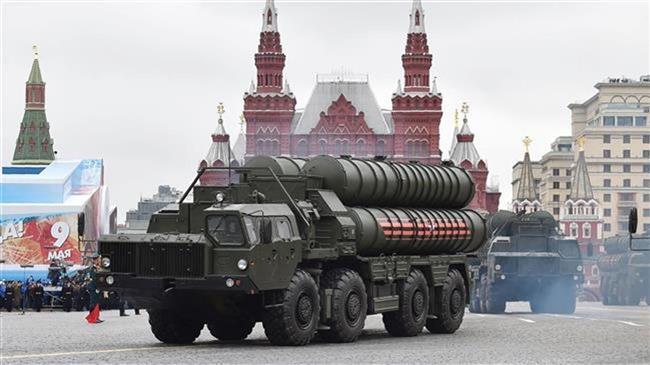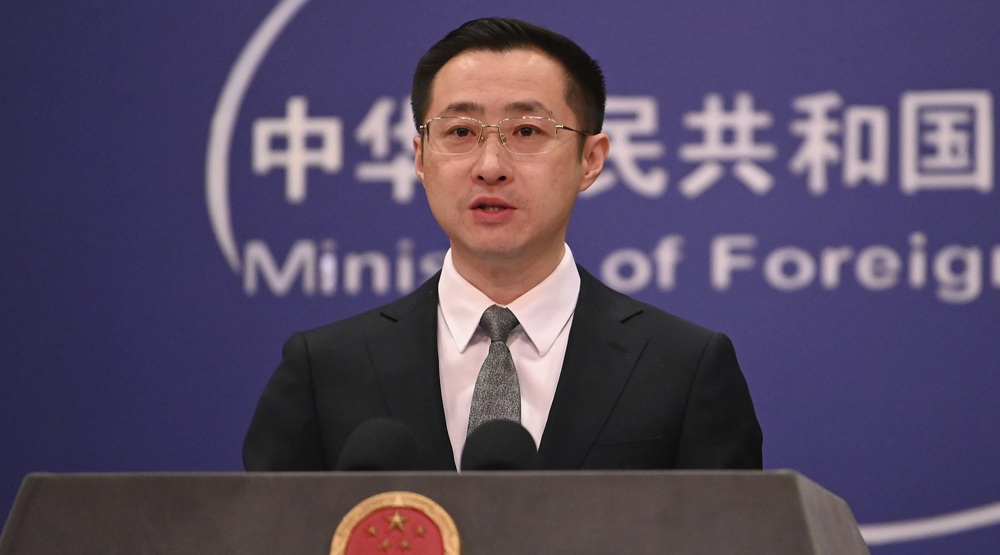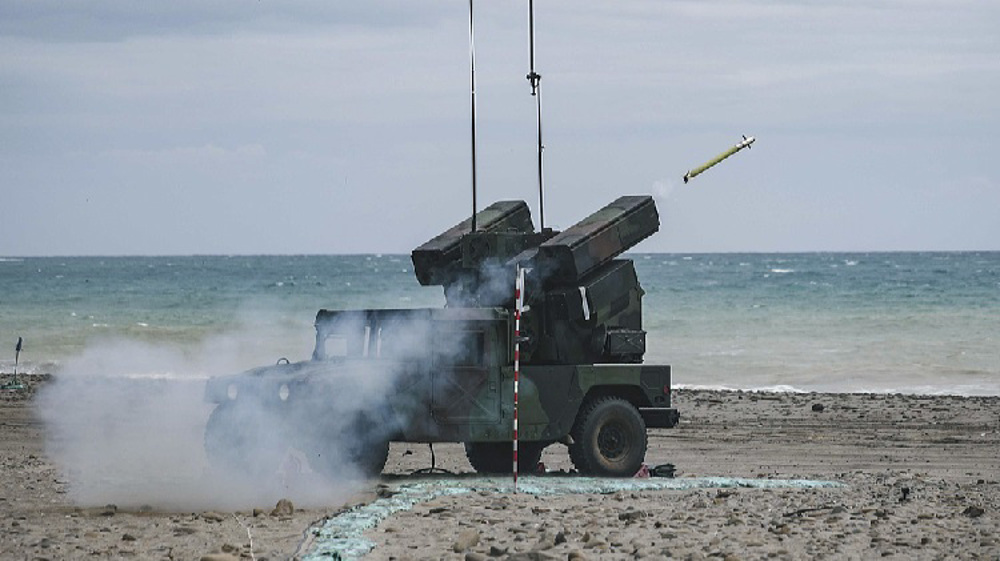China to test new Russian S-400 air defense system: Source
China is reportedly set to test fire its advanced Russian-made S-400 Triumf missile defense system in the coming days.
Speaking on condition of anonymity, a military and diplomatic source with knowledge of the matter told Russia’s TASS news agency on Friday that the first test firing of the newly-acquired interceptor-based system could happen in the end of July or in early August.
"It is planned that in late July-early August the unit of the People's Liberation Army, which underwent training in Russia, will carry out the firing against a simulated ballistic target at a Chinese firing ground," the source said.
The S-400 system, whose full name is the Triumf Mobile Multiple Anti-Aircraft Missile System (AAMS), is an advanced Russian missile system designed to detect, track, and destroy planes, drones, or missiles as far as 402 kilometers away. The new defense system is capable of downing US F-35 stealth fighters.
China became the first international buyer of Russia’s S-400 Triumf in 2015 as part of $3 billion deal and received the first batch of the missile systems in April.
"It is still unknown when the first S-400 unit will enter the service with the PLA, although a rapid induction, as evidenced by the recent announcement of the test firing, can be expected," the source added.
China will reportedly receive a total of two S-400 regiments and the second regimental set is expected to be delivered by the end of 2018.
According to the source, a control station, a radar station, energy and support equipment, spare parts, various tools and other elements of the S-400 system were included in the first shipment.
Moscow trained a group of Chinese military personnel to operate the S-400 system last year.
China has the world’s largest standing army and has been engaged in an ambitious modernization program that reportedly includes investment in technology as well as new equipment such as stealth jet fighters and aircraft carriers.
This comes as the United States is reportedly considering intensified naval and aerial patrols around the South China Sea, over which Beijing claims sovereignty.
China claims nearly all of the South China Sea, despite partial counterclaims by Brunei, Malaysia, Taiwan, Vietnam and the Philippines.
The United States more often than not dispatches warships to disputed areas in the region in a bid to counter what it sees as China’s militarization of the strategic waterway.
China has repeatedly warned the US against sending warships to patrol the South China Sea. Washington, however, claims such operations are meant to protect “freedom of navigation” in the sea, a gateway for trillions of dollars in maritime trade each year.
VIDEO | IAEA adopts anti-Iran resolution tabled by E3
VIDEO | Iran's president urges Pope to help end Israel's onslaught in Gaza
Iran's senior legal official: ICC arrest warrants for Netanyahu ‘great victory'
Nov. 21: ‘Axis of Resistance’ operations against Israeli occupation
VIDEO | Israeli forces storm West Bank’s Jenin again, target civilians
Iran activates advanced centrifuges after IAEA's 'unjust' resolution
VIDEO | Press TV's news headlines
Iran FM: Response to Israeli aggression 'inevitable'











 This makes it easy to access the Press TV website
This makes it easy to access the Press TV website